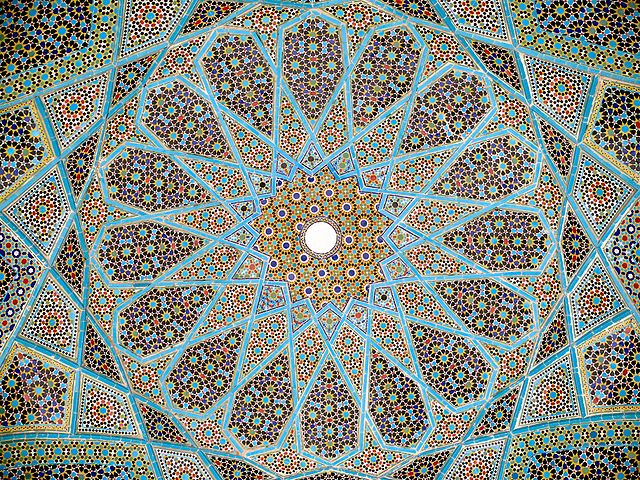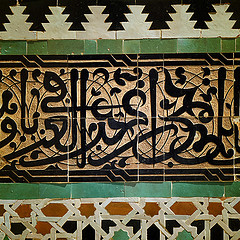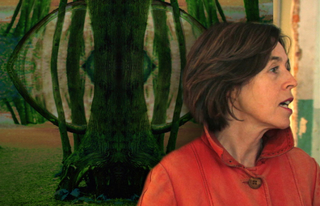Dear friends,

Each summer for ten years I’ve led a Classical Pursuits art appreciation seminar, but never have I been more excited than I am about this coming July. To promote cross-cultural dialogue, CP founder Ann Kirkland invited a number of us course leaders to address non-Western texts. I was asked to consider Islamic art and architecture specifically. I was nervous and had a host of questions. What countries should I consider? Wouldn’t one need to read Arabic to appreciate the calligraphy? And doesn’t Islamic culture prohibit representational imagery? That is to say, the basis of visual art as we in the West understand it. What seminar leader would take on the challenge to ensure that the seminar did justice to Islamic art in terms of emphasis, nuance, context?

Well, it turns out that I would. And I hope that others seeking answers to these questions will join me. Guided by Hans Belting’s 2011 book Florence and Baghdad: Renaissance Art and Arab Science*, we will consider “the gaze” as the root of much East–West difference. It turns out that to look unrestrictedly upon the world is not a universally acknowledged right. (According to certain Islamic precepts, only God the one true creator is free to see everything.) We’ll also consider how attitudes towards images have polarized since the early Italian Renaissance. Perspective renderings evinced a dawning human-centred point of view for 15th-century European artists and architects, while from the 10th century onwards their Arabic counterparts, led by mathematician Alhazen, pursued a very different yet equally rich vein of optical research and theorizing. By contrast, Islamic prohibitions against depicting living creatures led to an embrace of geometric ornamentation and abstract forms which came to be known as the “arabesque” style. Among Belting’s many insights, we’ll address why exquisitely ornamented objects hold such an elevated status in Middle Eastern culture, entirely commensurate with the awe that accrues to Old Master paintings in the West.
Perhaps you or someone you know will join our group of no more than fifteen people as we delve into the art and architecture of the Middle East and bridge the gap between perspectives. It feels important, even necessary, to take this on together.
For more information on our Toronto Pursuits seminar, Islamic Art and Architecture: A Mirror of the Cosmos, click here.
Regards,
Betty Ann
* ISBN 978-0-674-05004-4; Amazon.com recently had five copies of this 302-page, hard-cover, richly illustrated book and promises to order more when the inventory runs low.
 Betty Ann Jordan is a Toronto-based art writer and tour leader who provides an insider’s perspective on the city’s visual culture. She is excited about taking a closer, open-hearted look at art forms that part the veil on Islamic ideals of spirit and flesh, beauty and the cosmos.
Betty Ann Jordan is a Toronto-based art writer and tour leader who provides an insider’s perspective on the city’s visual culture. She is excited about taking a closer, open-hearted look at art forms that part the veil on Islamic ideals of spirit and flesh, beauty and the cosmos.
Photo credit: Moroccan calligraphy, Mikolaj Pasinki on Flickr


